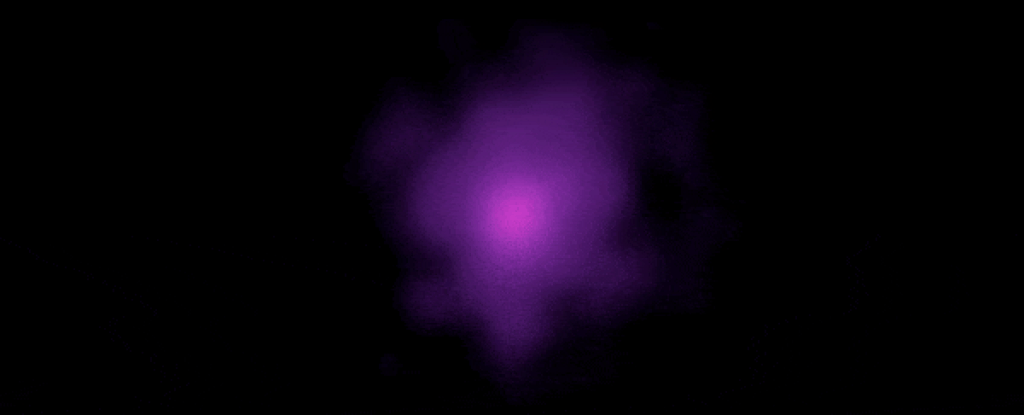Scientists have been left perplexed by an ultra-bright celestial object that is brighter than it should be. NASA has been tracking ultraluminous X-ray sources, which can be 10 million times brighter than the Sun, to understand their workings. These objects break the Eddington limit, which is a fundamental rule of astrophysics that states that an object can only be so bright before it breaks apart.
The Eddington limit
The Eddington limit is based on the principle that brightness on this scale comes from material that falls towards a massive object, such as a black hole or a dead star, and is pulled by the object’s intense gravity. The more matter that falls towards the object, the brighter it is. However, at a certain point, the radiation it emits should be able to overwhelm the power of the gravity from the massive object. This means that the radiation from the matter should push it away, and it should stop falling in. If it’s not falling in, the matter shouldn’t be radiating, which means the object shouldn’t be that bright. Hence the Eddington limit.
ULXs
Because of the Eddington limit, scientists have questioned whether the ULX’s brightness was indeed caused by enormous amounts of material falling into it. However, a new study looking at M82 X-2, a ULX caused by a pulsating neutron star in the Messier 82 galaxy, put the cone theory to rest. This means that the brightness of this ULX is caused by limit-breaking amounts of material.
Theories
Another theory has become the leading explanation to explain ULXs. In this theory, super-strong magnetic fields shoot out of the neutron star, which would squish the atoms of the matter falling into the star, turning the shape of these atoms from a sphere into an elongated string. This would make it harder for the radiation coming from these squished atoms to push the matter away, explaining why so much matter could fall into the star without breaking apart.
Matteo Bachetti, an author of the study and astrophysicist with Italy’s National Institute for Astrophysics’ Cagliari Observatory, said in NASA’s statement that “observing the sky, we expand our ability to investigate how the universe works. On the other hand, we cannot really set up experiments to get quick answers. We have to wait for the universe to show us its secrets.”



Leave a Reply